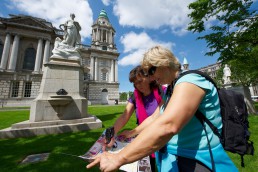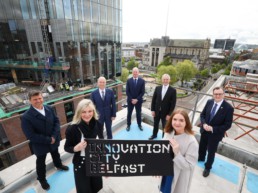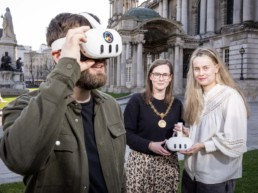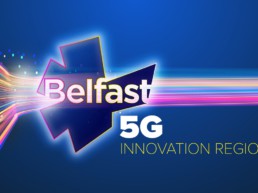Belfast’s rise as a major tourist destination has been one of the more surprising stories of the past decade. The city has won plaudits from, among others, the New York Times, National Geographic Traveller, Instagram (‘Happiest City’), Trip Advisor and the Financial Times.
Our tourism industry is a major contributor to the city economy; valued at nearly £439 million in 2013 with 7.64 million day visitors and 1.99 million tourists who stayed for at least one night. It’s a jobs and business generator.
We want to double the value of tourism over the next five years. This is a big ambition. Making it happen is about building an exciting, diverse range of experiences for the visitor that, ideally, are unique and shaped by personal preference.
Key to getting this Belfast experience right is data.
We’re working with partners to find better ways to collect, share and analysis real-time tourist data in order to build the world-class offering.
Working with Tourism NI, and the Council’s own Tourism, Culture and Arts Unit, we’ve begun exploring a number of ways that we can use public Wi-Fi, mobile phone data, credit card transactions, Internet of Things sensors, and social media interactions to get a fine-grain understanding of the visitor experience to our city. We are also exploring how data analytics can help us extract trends and insights that will help the city plan for new attractions and offerings.
Tourism NI are supporting a challenge competition that will encourage SMEs to exploit a regional LORAWAN network to enhance interactive experiences at unmanned locations.
In another project we’re working with Velocity World Wide to look at how we might use existing digital technologies to generate visitor demographics.
Over time our aim is support the city’s tourism family to build a rich and detailed understanding of how others understand, interact and explore Belfast.





